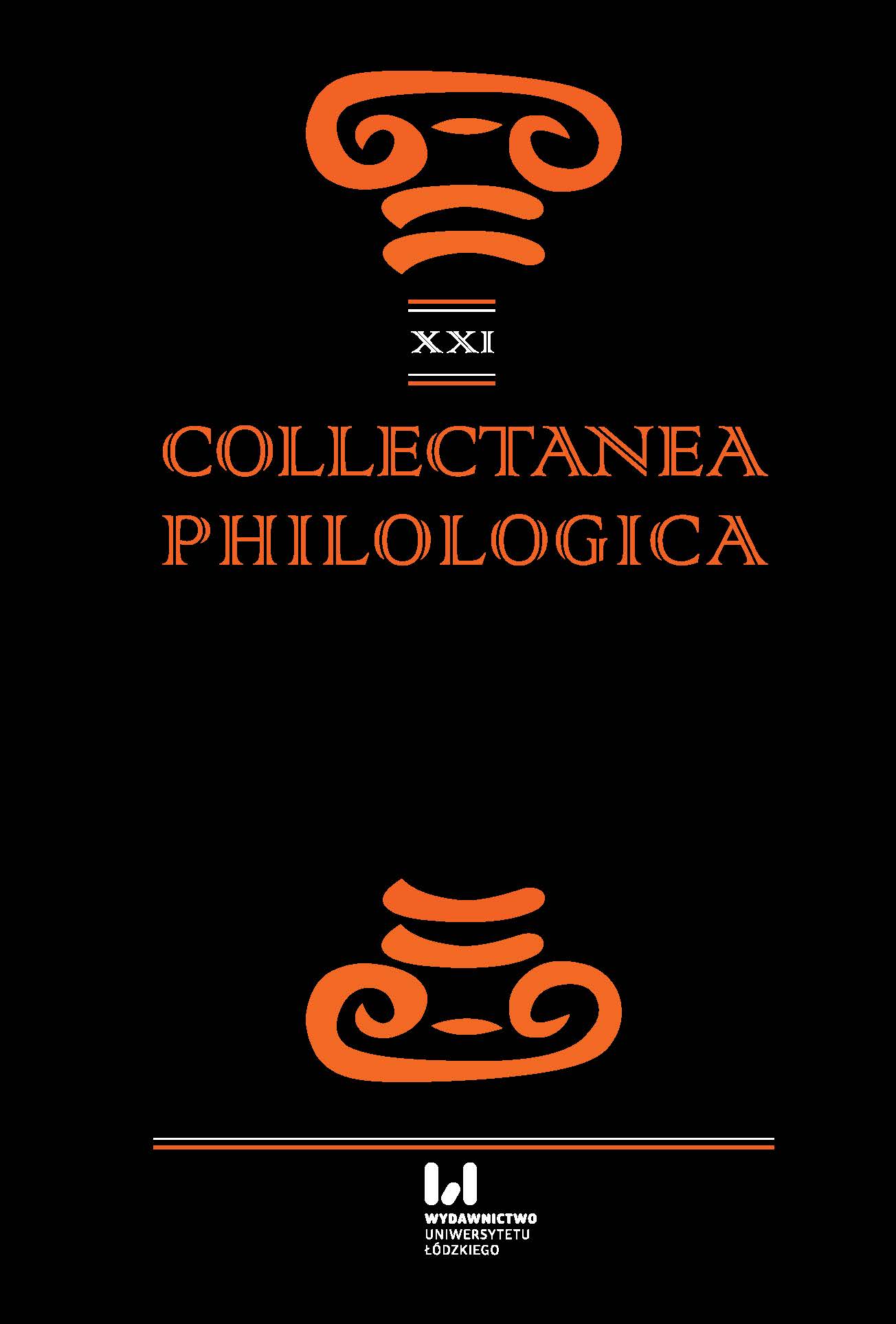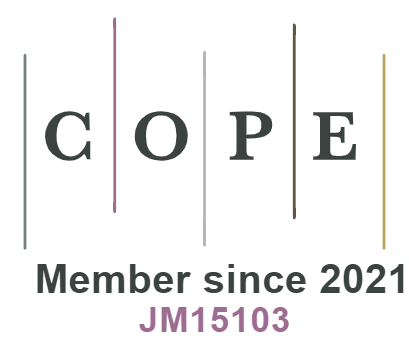Apostrofy do wód – nowe spojrzenie na cykl epigramów w czwartej księdze Marcjalisa (18; 22 i 63)
DOI:
https://doi.org/10.18778/1733-0319.21.08Słowa kluczowe:
Martial, epigrams, cycle, book 4Abstrakt
The article focuses on the Martial’s poems no. 18, 22 and 63 from the Book 4 of epigrams. These poems unite in a cycle of epigrams with a common motif of an apostrophe to water appearing in the last line of each epigram. Although this cycle has been previously disputed in an article by Mark A. P. Greenwood (‘Talking to Water’: An Epigram-Cycle in Martial, Book 4 (4.18; 4.22; 4.63), RhM 141 (1998), 367–372), the author finds it necessary to reassess the epigrams. As a result of these analyses the author discovers the links and the differences between the poems that have not been noted before. Furthermore the article presents the possible connections between the cycles and suggests that they form a complex structure, a whole web, inside the Book 4. Concluding, the author puts forward a hypothesis that perhaps this special arrangement of epigrams (complied with the principle of cohesion and variety) exceeds the boundaries of Book 4.
Bibliografia
Baldwin, B., (1981). “Aquatic Sex”. Liverpool Classical Monthly 6, 1. 25.
Google Scholar
Barwick, K., (1932). “Zur Kompositionstechnik und Erklärung Martials”. Philologus 87, 63–79.
Google Scholar
Barwick, K., (1958). “Zyklen bei Martial und in den kleinen Gedichten des Catull”. Philologus 102, 284–318.
Google Scholar
Cameron, A., (1973). “Sex in the Swimming Pool”. Bulletin of the Institute of Classical Studies 20, 149–150.
Google Scholar
Desnier, J.L., (1979). “DIVVS CAESAR IMP DOMITIANI F”. Revue des Études Anciennes 81, 54–64
Google Scholar
Friedländer (1886). M. Valerii Martialis Epigrammaton libri, mit erklärenden Anmerkungen. Vol. 1. L. Friedländer (hrsg.). Leipzig: S. Hirzel.
Google Scholar
Greenwood, M.A.P., (1998). “‘Talking to Water’: An Epigram-Cycle in Martial, Book 4 (4.18; 4.22; 4.63)”. Rheinisches Museum 141, 367–372.
Google Scholar
Holzberg, N., (2002). Martial und das antike Epigramm. Darmstadt: Wissenschaftliche Buchgesellschaft.
Google Scholar
Lorenz, S., (2002). Erotik und Panegyrik. Martials epigrammatische Kaiser. Tübingen: Gunter Narr.
Google Scholar
Lorenz, S., (2004). “Waterscape with Black and White: Epigrams, Cycles, and Webs in Martial’s Liber Quartus”. American Journal of Philology 125, 255–278.
Google Scholar
Moreno Soldevila, R., (2003). “Water, Desire, and the Elusive Nature of Martial, IV 22”. Exemplaria 7, 149–163.
Google Scholar
Moreno Soldevila, R., (2005). “La ira de los elementos y el poder de los emperadores: Nota a Marcial IV 63”. Maia 57, 59–63.
Google Scholar
Moreno Soldevila, R., (2006). Martial. Book IV. A Commentary. Leiden: Brill.
Google Scholar
Ruiz Sánchez, M., (1998). “Figuras del deseo: Arte de la variación en Marcial y en Ovidio”, Cuadernos de Filología Clásica. Estudios latinos 14, 93–113.
Google Scholar
Schmid, W., (1984). Spätantike Textdepravationen in den Epigrammen Martials, [w:] H. Erbse, J. Küppers (hrsg.). Ausgewählte philologische Schriften. Berlin–New York: De Gruyter.
Google Scholar
Shackleton Bailey, D.R., (1993). Martial Epigrams. Vol. 1. D.R. Shackleton Bailey (ed.). London–Cambridge: Loeb Classical Library.
Google Scholar
Szelest, H., (1976). “Martials Epigramme auf merkwürdige Vorfälle”. Philologus 120, 251–257.
Google Scholar
Watson, P., (2001). “Martial’s Snake in Amber: Ekphrasis or Fantasy?”. Latomus 60, 938–943.
Google Scholar
Pobrania
Opublikowane
Jak cytować
Numer
Dział
Licencja

Utwór dostępny jest na licencji Creative Commons Uznanie autorstwa – Użycie niekomercyjne – Bez utworów zależnych 4.0 Międzynarodowe.












